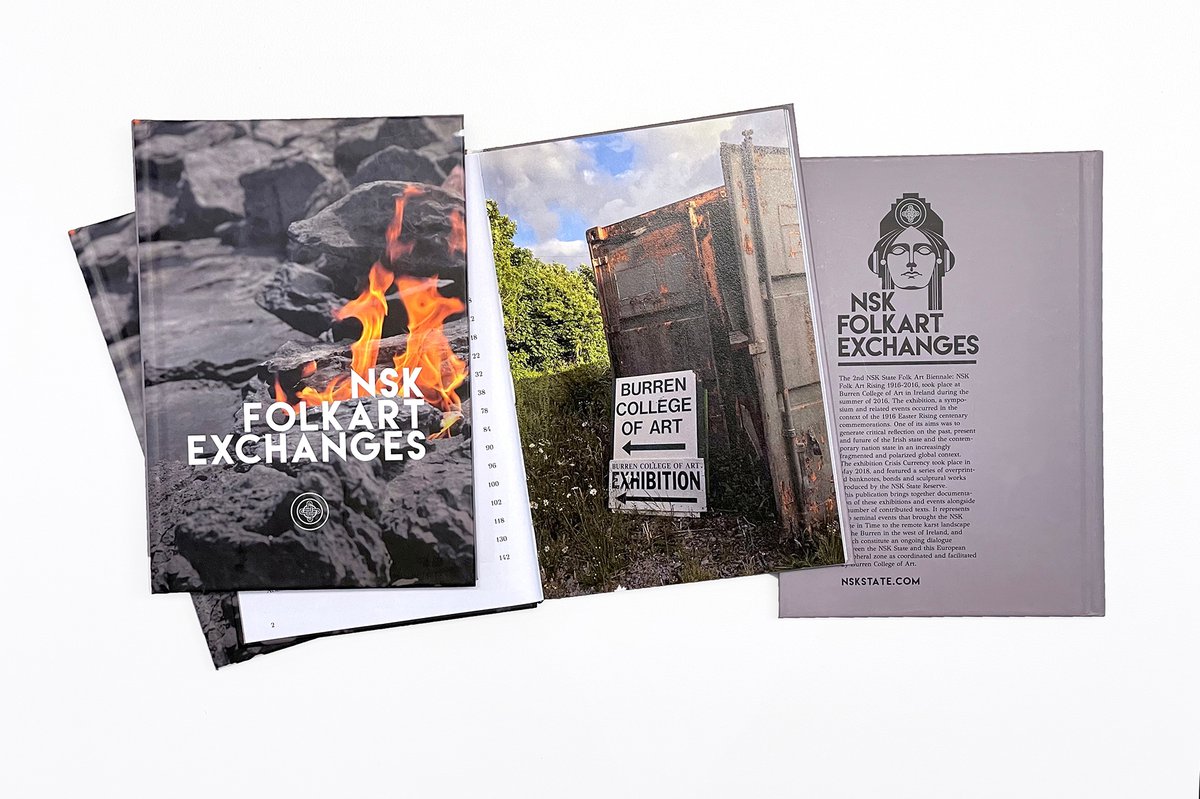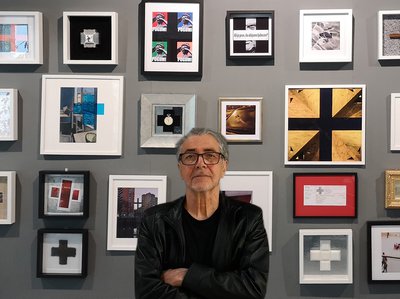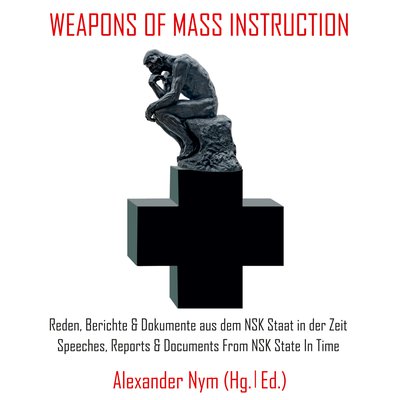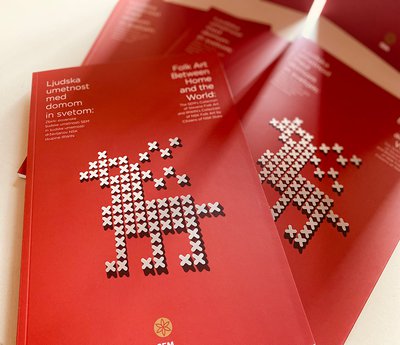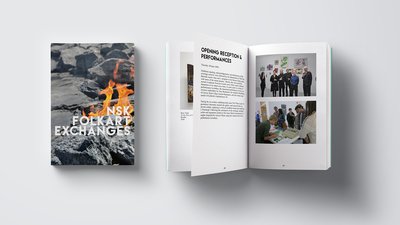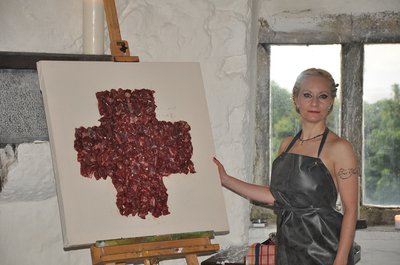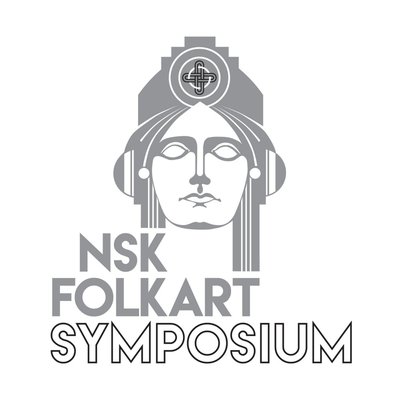This publication is a comprehensive documentation of The 2nd NSK State Folk Art Biennale: NSK Folk Art Rising 1916-2016 that took place during the summer of 2016, and the exhibition Crisis Currency took place in May 2018 at the Burren College of Art in Ireland.
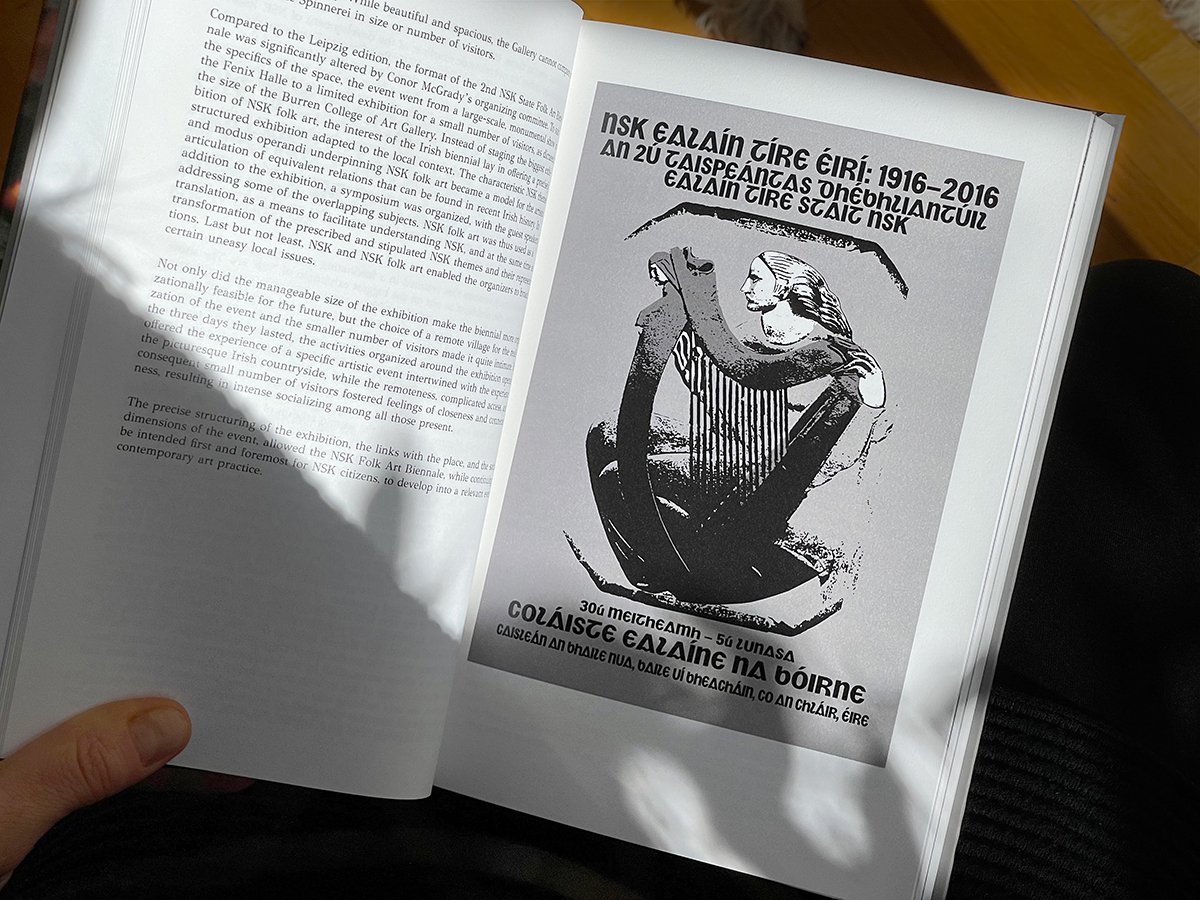
In the wake of the first NSK Citizens’ Congress in Berlin in 2010, several initiatives emerged, including NSK Citizens’ Rendezvous in Lyon, London and New York. Following these and initial NSK Folk Art exhibitions at the Taipei Biennale (2010), ŠKUC Gallery, Ljubljana (2011) and Calvert 22, London (2012), the first NSK Folk Art Biennale was held in Leipzig in 2014. The 2nd NSK State Folk Art Biennale: NSK Folk Art Rising 1916-2016, occurred at Burren College of Art in Ireland during the summer of 2016. The exhibition, a symposium and related events occurred in the context of the 1916 Easter Rising centenary commemorations. One of its aims was to generate critical reflection on the past, present and future of the Irish state and the contemporary nation-state in an increasingly fragmented and polarised global context.
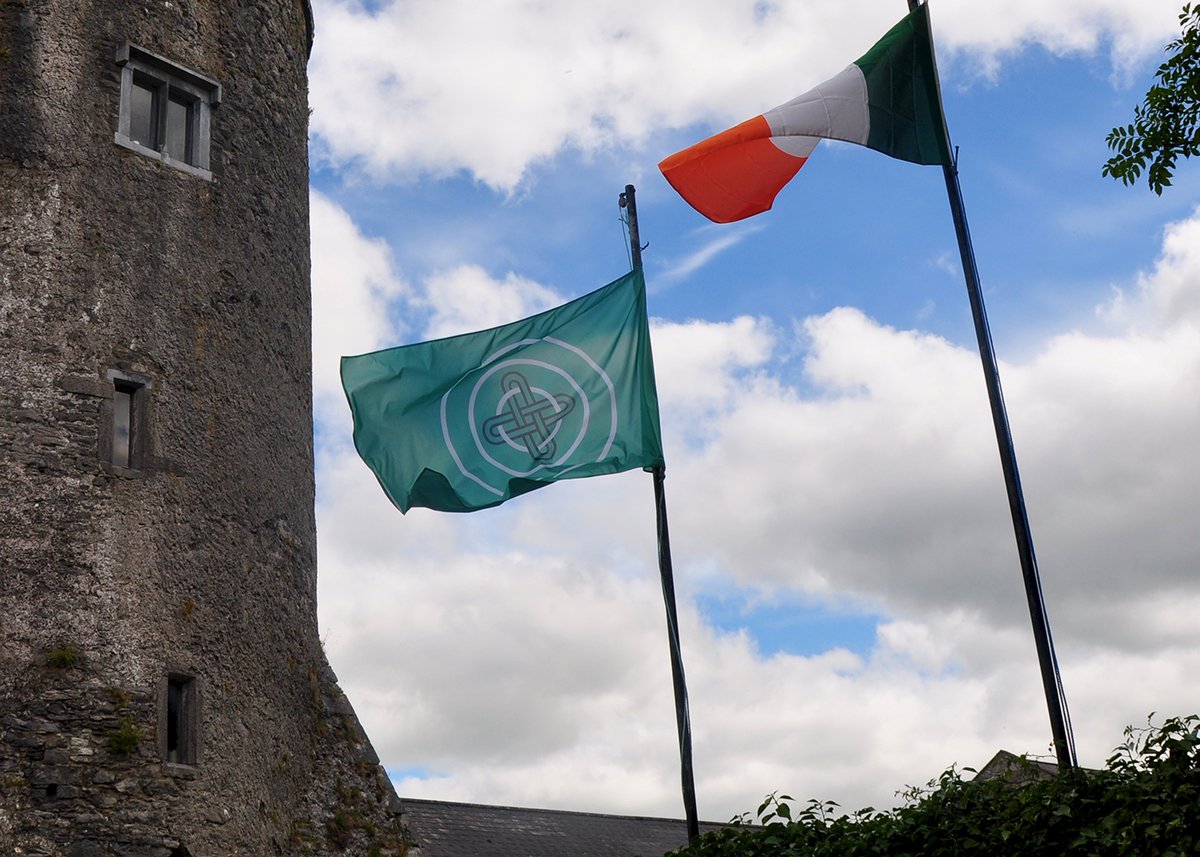
 2nd NSK State Folk Art Biennale and Irish flag. Photo by Haris Hararis
2nd NSK State Folk Art Biennale and Irish flag. Photo by Haris Hararis
The exhibition featured 37 established, emerging and amateur artists, some of whom were invited and the majority of whom were selected through an open call that addressed four themes:
- The ongoing aesthetic and conceptual development of the NSK State in Time.
- The contemporary state as it relates to the question of territory/geography in a global context defined by rising nationalism, fortified boundaries and social instability.
- The 1916 Easter Rising in Ireland and its aftermath, encompassing themes of revolution, war, colonialism/post-colonialism, monuments and memorialisation.
- Topography, geomorphology, experimental cartography, hypothetical land-art proposals or works engaging landscape.
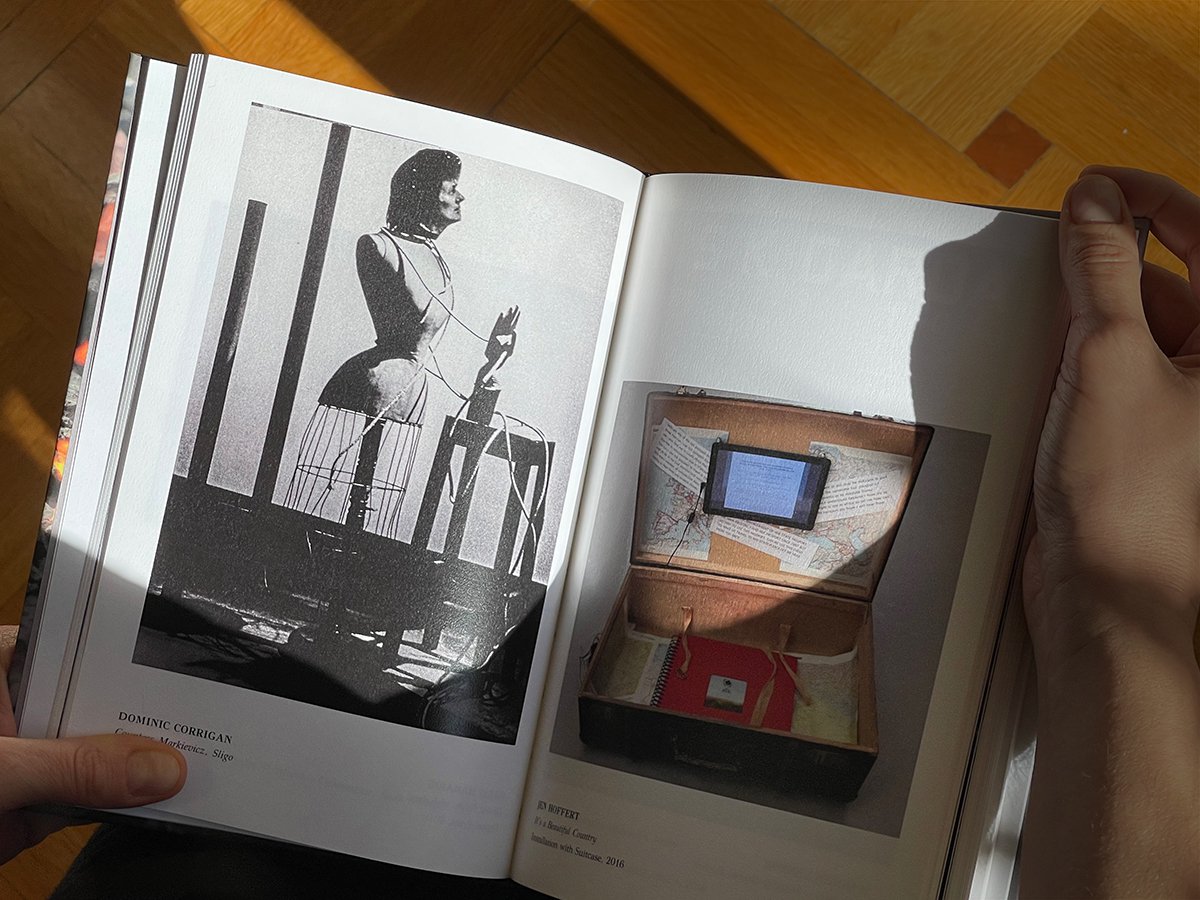
The exhibition took place in the Burren College of Art Gallery, which also housed a temporary Transit Visa Office where NSK Citizens could obtain a visa and stamp their passports. Prospective citizens were also able to apply for an NSK passport. Newtown Castle, a 16th-century tower house located on the college campus, was the location for several performances which took place on different levels within the structure. In addition to the exhibition, a symposium provided a focus for discussion on the NSK State and the Irish context in which the biennale was taking place. Irwin member Borut Vogelnik spoke at length about the foundation of the NSK State in Time and its genesis in the NSK Embassy Moscow project in 1991. Micheale Cutaya examined the relationship between the artist and state in the context of Ireland. Charles Lewis discussed the NSK State Reserve and its appropriation of currency to finance the activities of the NSK State in Time. The films A History of Stone, Origin and Myth (2016) by Tom Flanagan and Megs Morley and Generate the State (2015) by Johnny Gogan further fleshed out the discussion on the creation of the modern Irish state in relation to memory and memorialisation and the desire for rapid modernisation in the wake of independence from Britain.
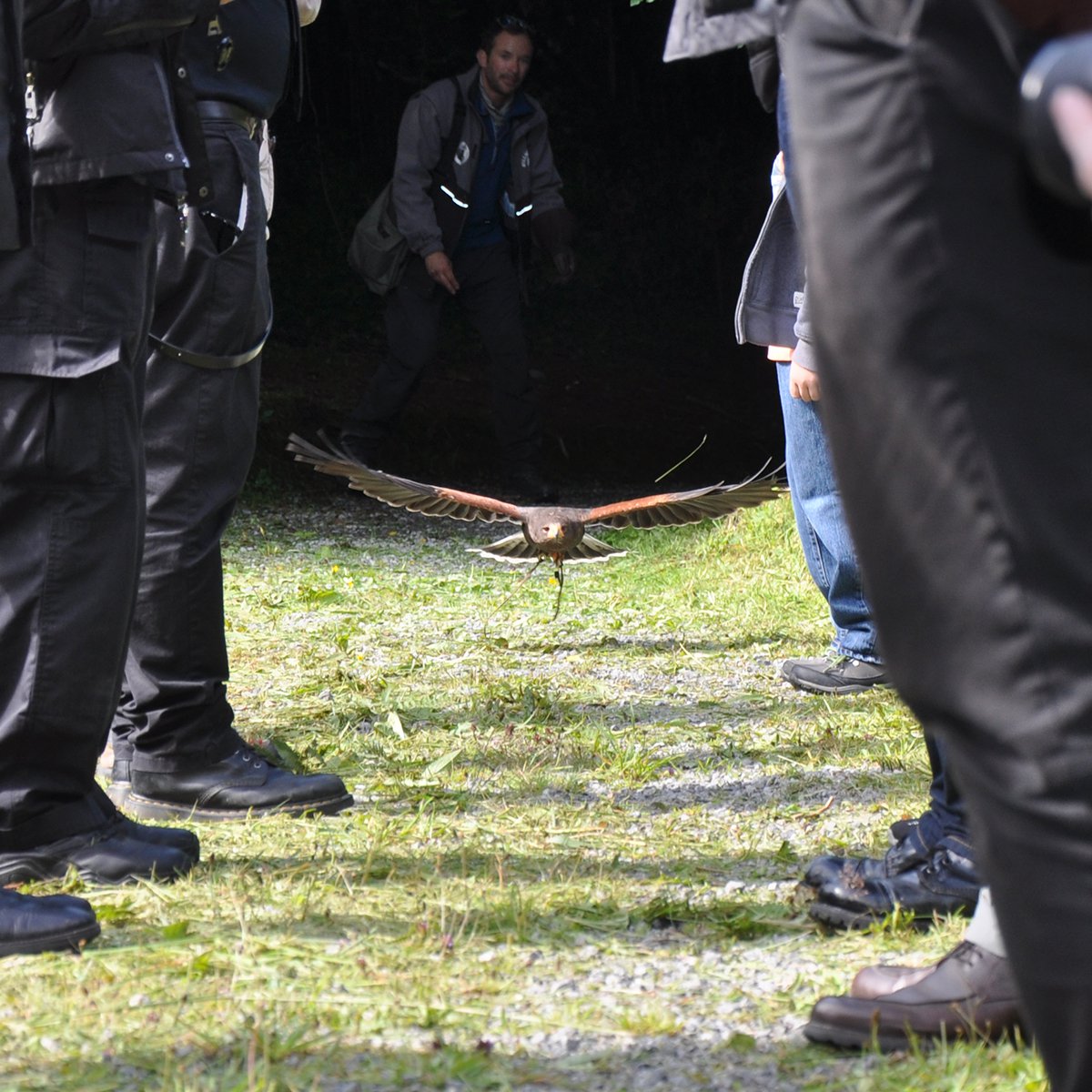
 A Harris Hawk in the wooded landscape at the base of nearby Ailwee mountain. Photo by Haris Hararis
A Harris Hawk in the wooded landscape at the base of nearby Ailwee mountain. Photo by Haris Hararis
Biennale artists also had the opportunity to participate in a Hawk Walk, kindly donated by the Burren Birds of Prey Centre at the Ailwee Caves. Artists could handle and walk with a Harris Hawk in the wooded landscape at the base of nearby Ailwee mountain.
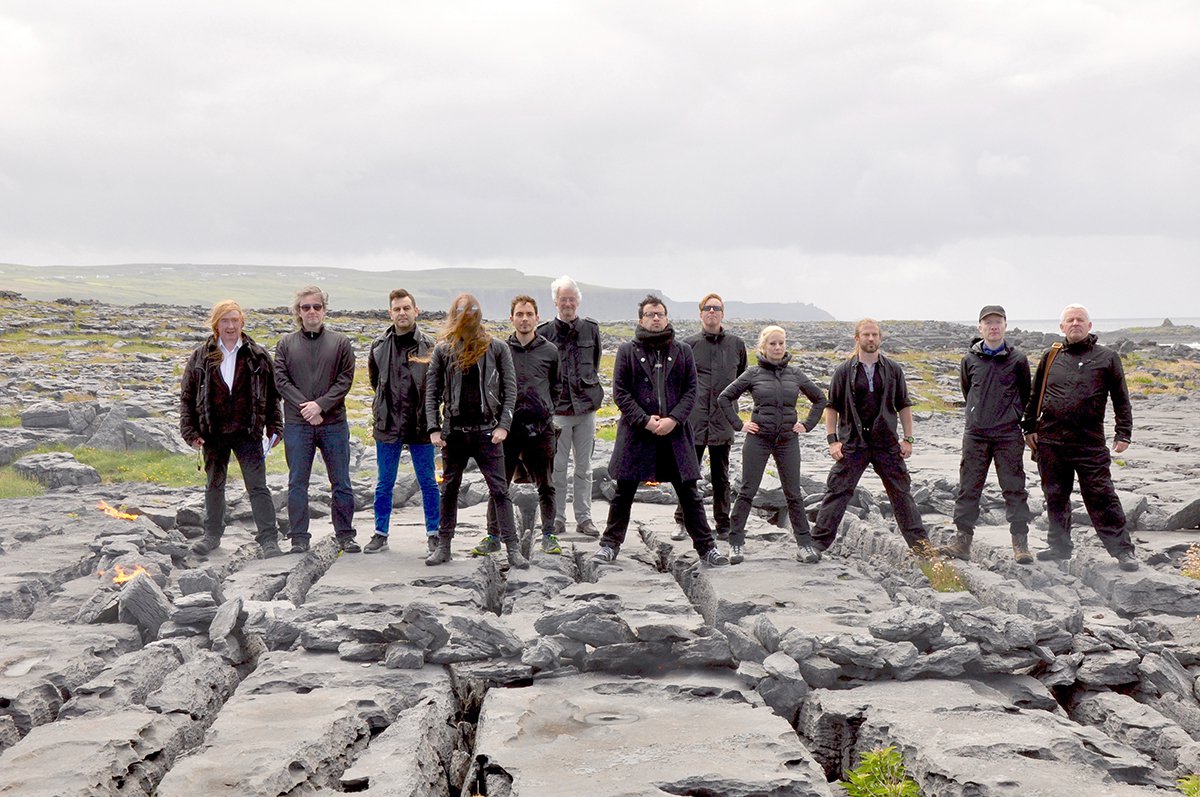
A further action took place on the nearby Doolin coast, where Organising Committee member and participating artist david K. Thompson orchestrated the lighting of 12 fires placed around Richard Long’s iconic land artwork, A Circle in Ireland (1975). As the referendum on Brexit had taken place a few days before the Biennale, the fires summoned the spirit of the European Union in the context of this challenge to the integrity of the project.
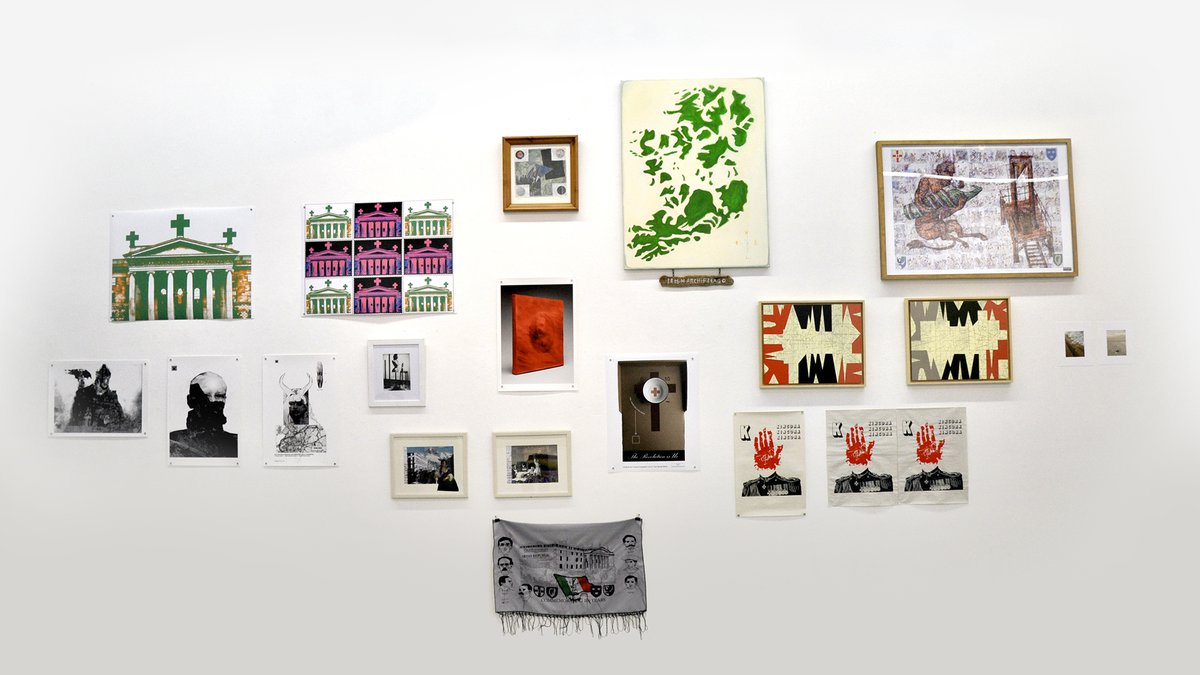
 Installation at the 2nd NSK State Folk Art Biennale: NSK Folk Art Rising 1916-2016
Installation at the 2nd NSK State Folk Art Biennale: NSK Folk Art Rising 1916-2016
Following a precedent established at the first NSK State Folk Art Biennale in Leipzig, Irwin selected a project from the exhibition to receive an award. In a ceremony marking the end of the exhibition opening, The NSK State Reserve was chosen and received the award of Irwin’s NSK Garda Sligo print. Following the Biennale, the Reserve participated in a number of NSK State in Time projects and was invited by Burren College of Art to return and exhibit in the Gallery. The exhibition Crisis Currency took place in May 2018 and featured a series of overprinted banknotes, bonds and sculptural works produced by the NSK State Reserve. Additionally, works were exhibited by Valnoir (who also participated in the Biennale), Elan Cadiz-Ferguson, and Irwin member Roman Uranjek, who contributed a series of collages, some of which appropriated NSK State Reserve currency.
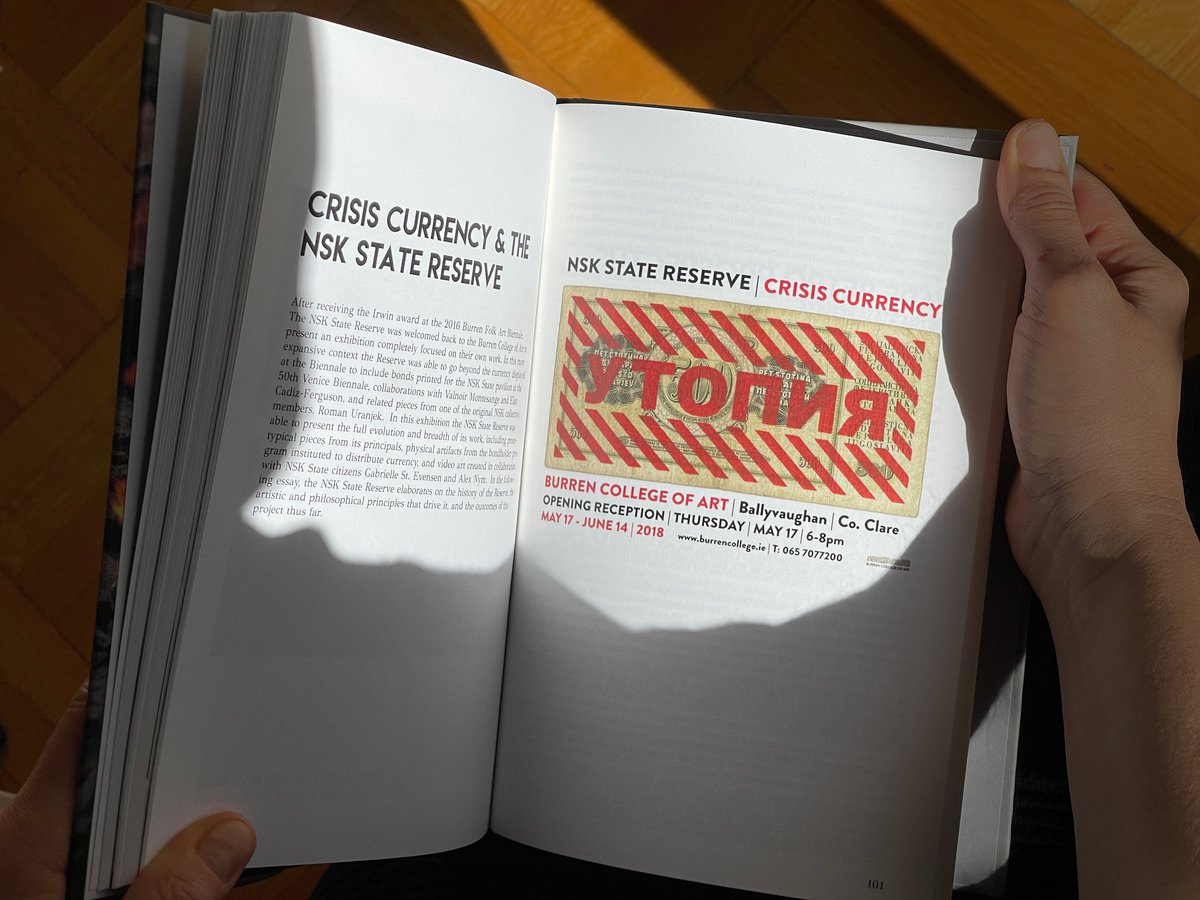
This publication includes documentation of these exhibitions and events alongside several contributed texts. It represents two seminal events that brought the NSK State in Time to the remote karst landscape of the Burren in the west of Ireland and which constitute an ongoing dialogue between the NSK State and this European peripheral zone as coordinated and facilitated by Burren College of Art.
2nd NSK State Folk Art Biennale Organising Committee:
Haris Hararis
Conor McGrady
Alexei Monroe
david K. Thompson
